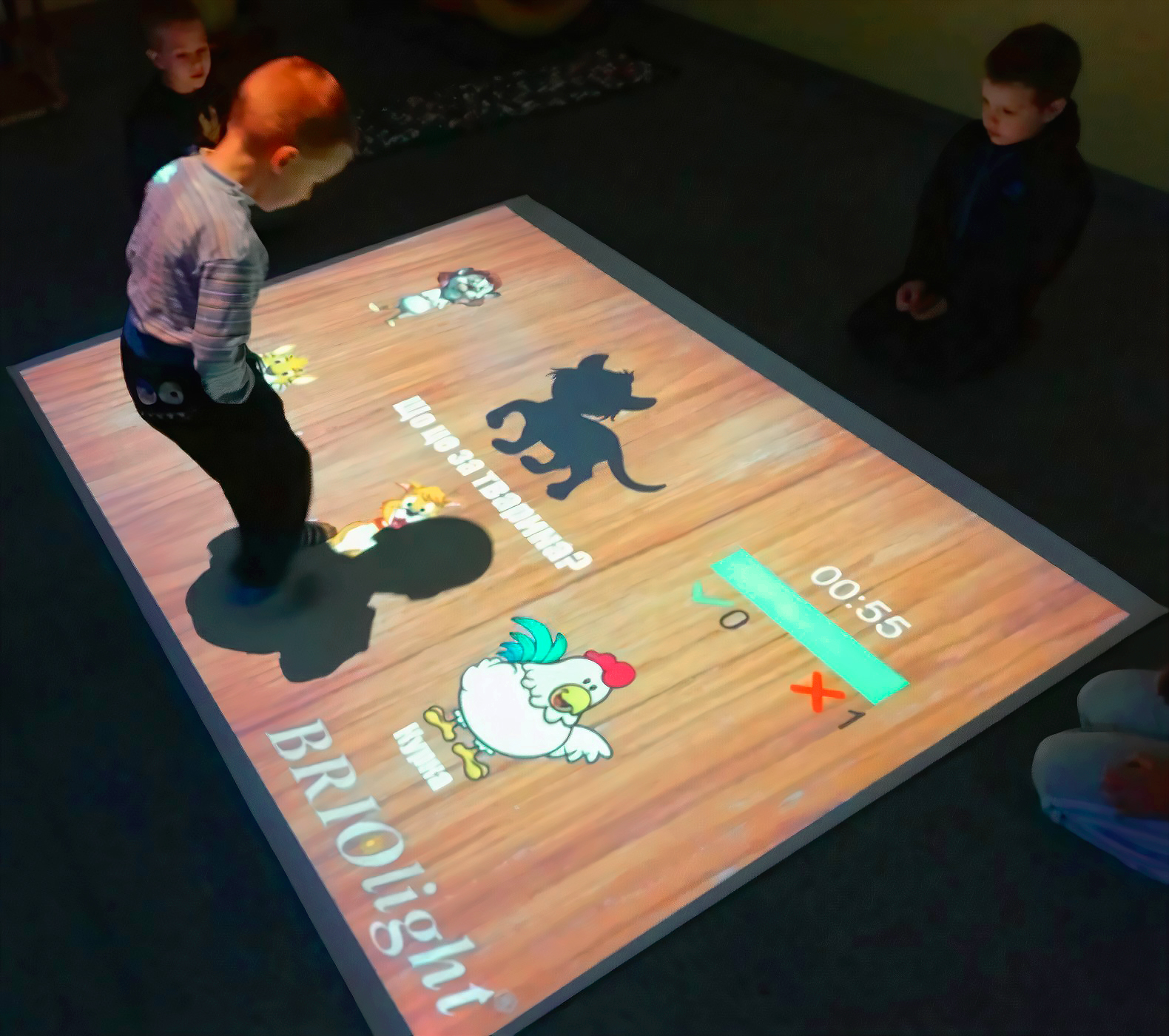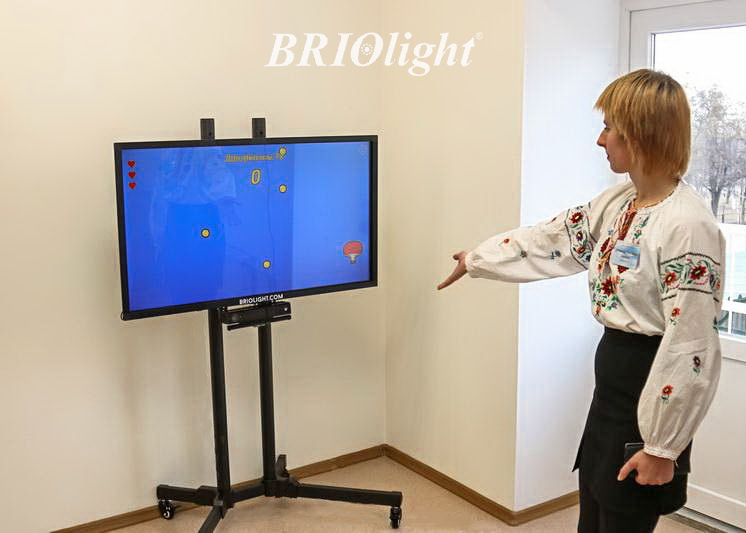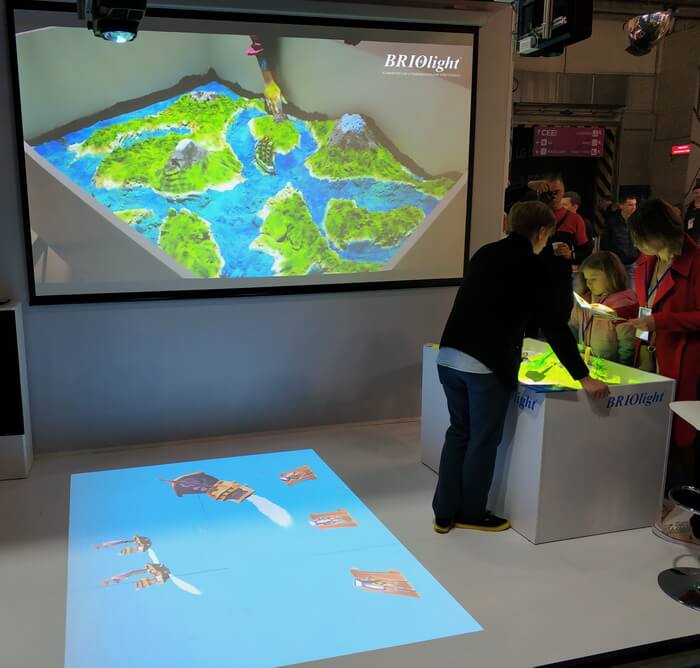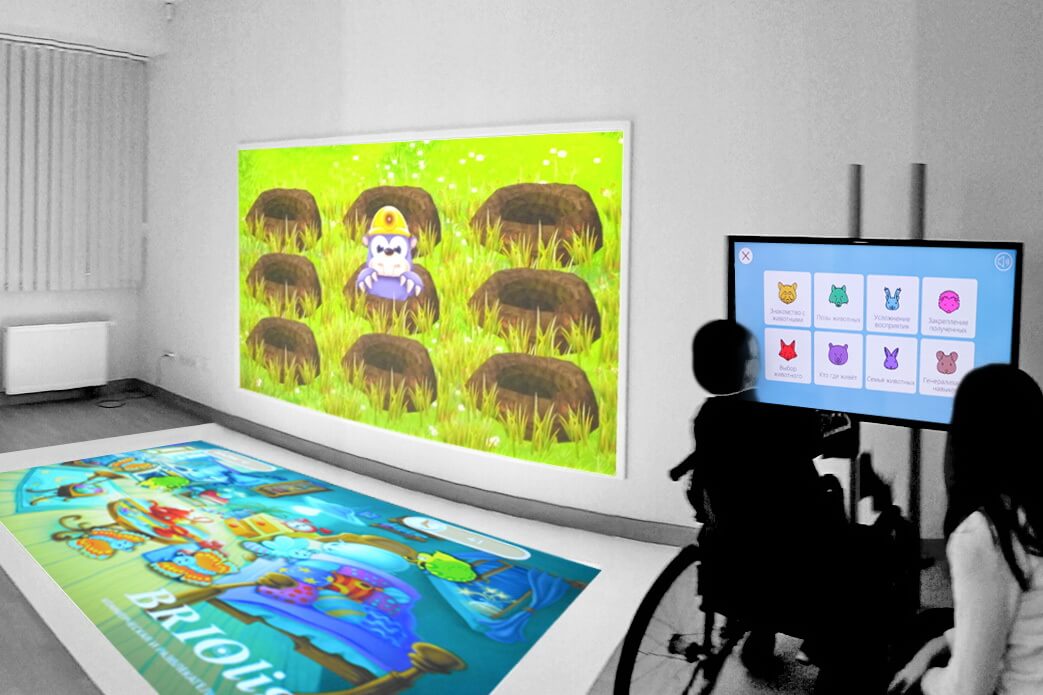Cooperation with children with special educational needs

There is an opinion that interactive equipment is the only component of effective learning, since it is interesting for children. But in reality, these are just tools in the hands of experienced and qualified professionals. And having met in practice with a difficult child, you need to have certain knowledge to help him start the learning process even with the help of an interactive panel, sandbox or floor.
Since the main purpose of our equipment is inclusive education and rehabilitation of children with special needs, we decided to write an article for teachers, psychologists and assistants about 7 steps of establishing cooperation between a child and a teacher.
Children with special educational needs do not always easily accept information from a teacher. Thanks to psychologists, we have developed the most interesting ways of teaching information on our effects. But in order for a child with OOP to make contact with a teacher more easily and perceive a person as a teacher, certain actions are necessary.
There is a protocol for establishing cooperation, or in other words, establishing “Instructional Control“. It has seven steps and was authored by Robert Schramm.
First step. Promotion.
The child has the desired objects, the task of the teacher is to find out what these objects are, and to show that it is the teacher who controls them. Only the teacher decides when the child can receive the desired toy or treat. Sometimes it seems that the child is not interested in anything, but it is not, you need to look (interesting effects, a certain toy, music or video, swing).
After finding out such items, you need to start by restricting access to them, and then use them as incentives at the right time. As a result, the child will learn to gain access to the objects he wants if he behaves well or does the exercise. Often, children highlight for themselves certain effects from the Briolite catalog that they like best, this is immediately the subject of encouragement and a tool for teaching or correction.
Step two. Teacher = Friend.
The educator must become as valuable as the favorite toy / food / effect. Most of the lesson is built precisely on the association of the teacher with receiving rewards.
If a child loves to ride on a swing, then you are the person who will allow him to swing, and also join this process and will ride with him. But only when the child behaved properly.
This should continue as long as he is interested in it and adheres to good behavior. And even if the child’s interest is to roll an empty swing instead of rolling on his own, then you should maintain this interest of the child, because this is what he is interested in. Cooperation will be built on the basis of such classes.
Step three. “Do not throw words to the wind.”
Many parents and teachers try to say as much as possible so that the child understands at least something and accomplishes at least one task out of all. But keep in mind that words for children with autism do not carry enough weight (speech disorder in autism is one of the reasons for this). Words are a symbol that signifies an action that will definitely take place. When you tell your child to do something, do not allow the reward until the action has been completed. Therefore, weigh your words. Asking the child the question “Can you connect the same patterns?” – he has the right to answer it in a way that you did not plan. Say – “Connect the same patterns!”.
But let us note that at the stage of establishing “Instructional Control” one should not constantly practice this. Cooperation for the child should be enjoyable. Such instructions should take no more than 25% of the interaction with the child. Otherwise, you may never establish “Instructional Control“.
Fourth step. Profitable cooperation.
You need to show your child that by fulfilling your requests, he is more likely to receive a reward. By giving even very simple instructions, you strengthen cooperation with reward. And at this stage, you can use motivational situations to put forward your demands.
For example, a child himself asks you for candy. You say: “Yes, please” – and take off the wrapper. Then you give it to the child and ask them to throw it away – the child throws it away and receives his candy.
If a child, on his own initiative, does something useful or has learned something, then we accompany it with the words: “Wow, you are great,” and, if desired, we give him something (but attention may be enough).
Fifth step. Promotion is a temporary process.
At one point, your child will learn that coming up to you and getting directions is the first step to getting rewarded. Therefore, at first, it is necessary to always have such rewards at hand (or find the same desired alternative: tickling, hugging, tossing up). Later, when the child himself wants to cooperate with you, follows the instructions quickly, then you should gradually reduce the frequency of using rewards.
Starting by rewarding each reaction, you need to move on to rewarding 2-3 responses on average. Having consolidated this stage, it is necessary to move on to encouraging every 5th reaction, and then the 10th, and so on. This gradual reduction is based on scientific principles of learning behavior with a shift reward regime.
Sixth step. Various promotions.
Today the child likes to ride on a swing, and she does anything for it, and tomorrow he will get tired of it. Most children with autism quickly lose interest in objects, games, food, and teachers and parents at this time have difficulty in finding new ways to awaken interest in the child. Therefore, make notes in each class about subjects and activities that are of interest. Test and observe what is interesting and at what point. The more types of rewards, the higher the likelihood of cooperation. Note that over 120 effects are now available on the interactive floor. Until the end of 2020, they will also be available on the interactive sandbox and panel. By testing them with children, you can find many that will definitely be interesting for different children.
Seventh step. Meeting with the explosion.
The teacher’s task is to show the child that failure to follow instructions, tantrums and other undesirable behavior will not lead to reward. So, if the child ran away, you should react calmly. Ignore him and do what you did, because all the interesting things are under your control (make sure of this first). The only way to improve your conditions (to play interesting effects, eat a treat, watch cartoons) is to go back and follow the instructions. In the beginning, the return of the child will be long, but in the future, it will pay off. You have not lost this time, the child is simultaneously gaining a new experience. And gradually these intervals will be reduced.
For this stage it is necessary to prepare for the “explosion”, both mentally and physically. The teacher’s task is not to give in. And if on the first day the tantrum lasts 40 minutes, on the 4th day it may not be at all.
Parents believe that giving in during a prolonged tantrum is necessary, as this can lead to psychological trauma, but in fact, giving in can cause much more harm. A child who does not know how to cooperate will not be able to acquire the necessary skills, become independent and find his place in society. And it is likely that such behavior will require a different approach in the future – psychotropic drugs.
Establishing “Instructional Control” is a hard and long work of a teacher, but if they wish, parents can master it too. This will help the child in daily life as well as his environment.
Interactive equipment is an auxiliary tool for the teacher, but it can be a reward for the child, and a tool for teaching or rehabilitation for the teacher at the same time.














